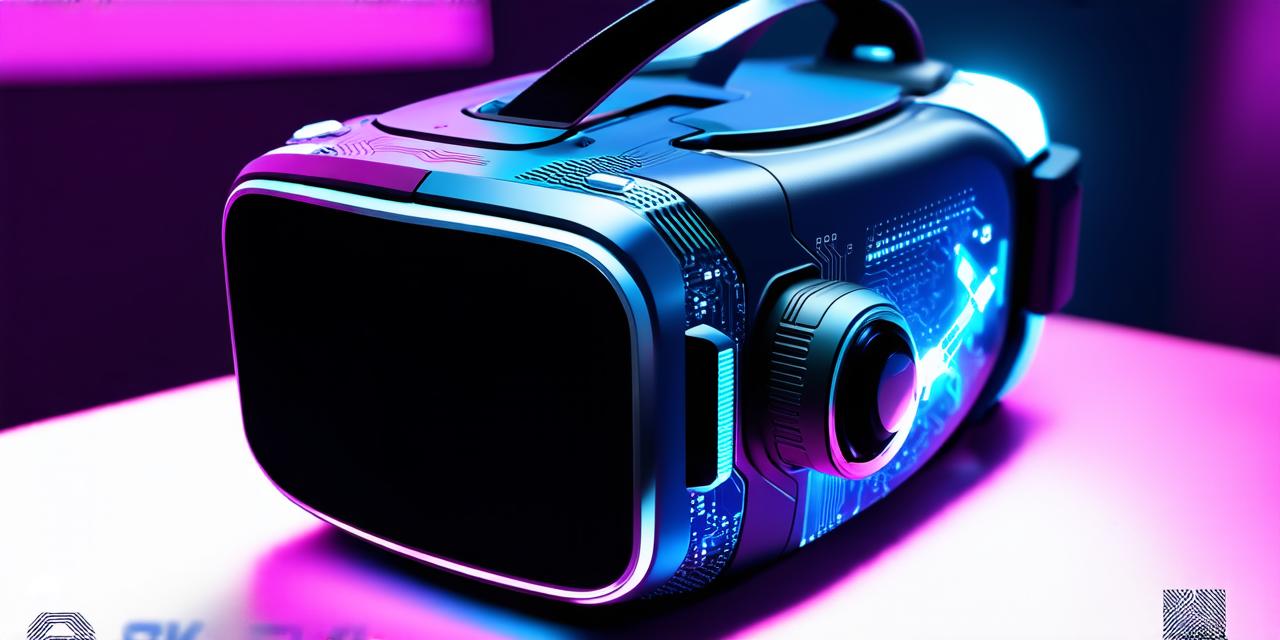Virtual reality (VR) technology is rapidly advancing, with new applications emerging in fields such as gaming, education, healthcare, and more. However, developing VR experiences can be challenging due to the unique requirements of this immersive medium. In this article, we will discuss some common challenges faced by VR developers and provide strategies for overcoming them.
Challenge 1: Motion Sickness
Motion sickness is a common issue when using VR technology. It occurs due to the discrepancy between what the user sees in the virtual environment and what their body feels in real life. This can lead to nausea, dizziness, and other uncomfortable symptoms. To overcome this challenge, developers should take into account the following tips:
- Keep the virtual environment stable and predictable
- Provide users with control over their movements
- Use smooth transitions between scenes
- Avoid rapid movement or changes in direction
- Allow users to adjust settings such as field of view and refresh rate to find a comfortable level
Challenge 2: Limited Input Devices
One limitation of VR technology is the limited number of input devices available. Traditional controllers may not be sufficient for complex interactions in a virtual environment. To overcome this challenge, developers should consider the following strategies:
- Utilize hand and finger tracking to enable more natural interaction
- Incorporate haptic feedback to provide tactile sensations in the virtual world
- Use voice commands or other alternative input methods
- Allow users to customize their input devices to fit their preferences
Challenge 3: Performance Issues
VR experiences require high levels of performance to maintain a smooth and immersive experience. However, achieving this can be challenging due to the complexities of rendering a three-dimensional environment in real-time. Developers should consider the following tips for improving performance:
- Optimize graphics and animation to reduce load times
- Utilize techniques such as occlusion culling and texture compression to improve frame rates
- Use dedicated VR hardware or optimized software to reduce system requirements
- Minimize the number of objects and details in the virtual environment to reduce processing power
Challenge 4: User Comfort and Accessibility
VR technology can be uncomfortable or inaccessible for some users, particularly those with disabilities or motion intolerance. Developers should take into account the following tips for improving user comfort and accessibility:
- Provide multiple ways to interact with the virtual environment, such as voice commands or alternative input devices
- Allow users to customize their experience by adjusting settings such as field of view and refresh rate
- Incorporate features such as seated mode or reduced motion to accommodate users with disabilities
- Test your VR experience with a diverse group of users to identify areas for improvement
Case Study: Unity’s Virtual Reality Development Challenges
Unity is a popular game engine that has also been used for VR development. In this case study, we will look at how Unity overcame some of the challenges discussed above.
Motion sickness was a major concern when developing VR experiences in Unity. To address this issue, Unity incorporated features such as smooth transitions and predictable movement patterns. They also allowed users to adjust settings such as field of view and refresh rate to find a comfortable level.
Another challenge faced by Unity developers was limited input devices. To overcome this issue, Unity introduced hand and finger tracking, allowing for more natural interaction in the virtual world. They also incorporated haptic feedback to provide tactile sensations and improve immersion.
Performance issues were also a concern for Unity developers. To address this challenge, they optimized graphics and animation, utilized techniques such as occlusion culling and texture compression, and recommended using dedicated VR hardware or optimized software.
Finally, user comfort and accessibility was a major consideration for Unity developers. They incorporated features such as seated mode and reduced motion to accommodate users with disabilities, and allowed for multiple ways to interact with the virtual environment.
